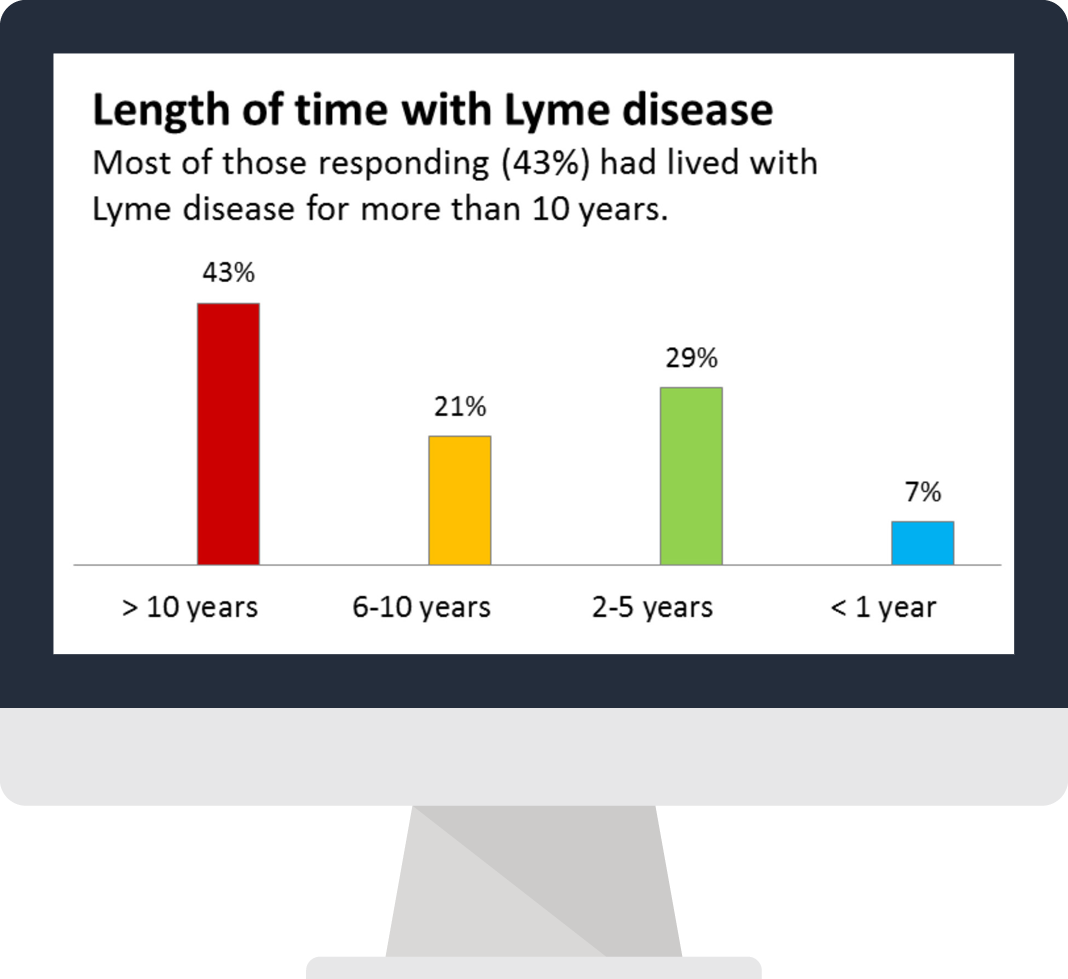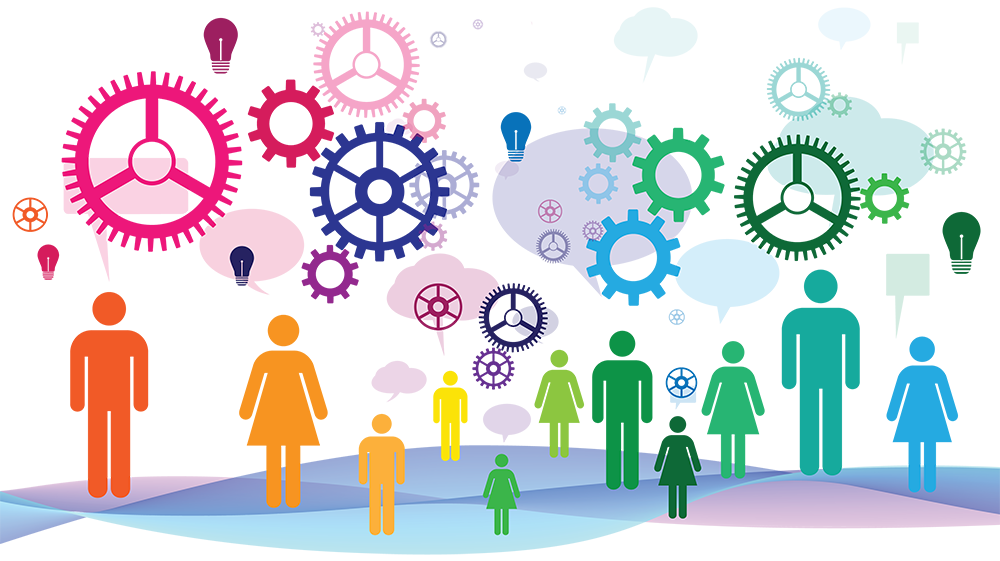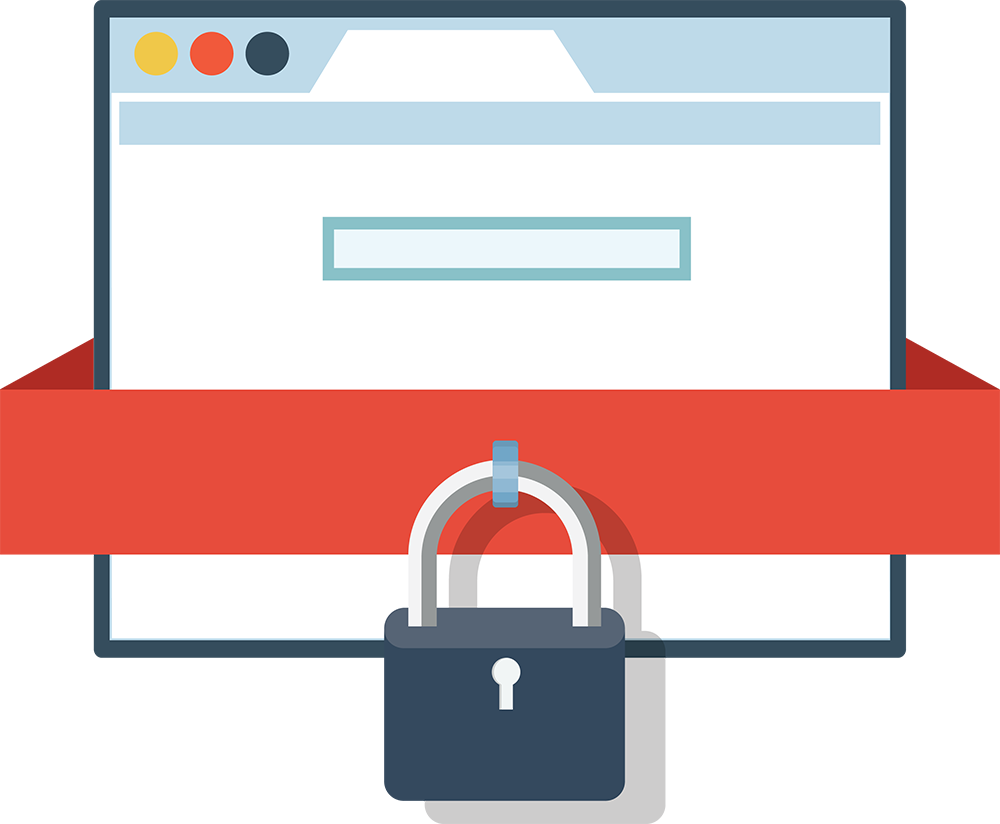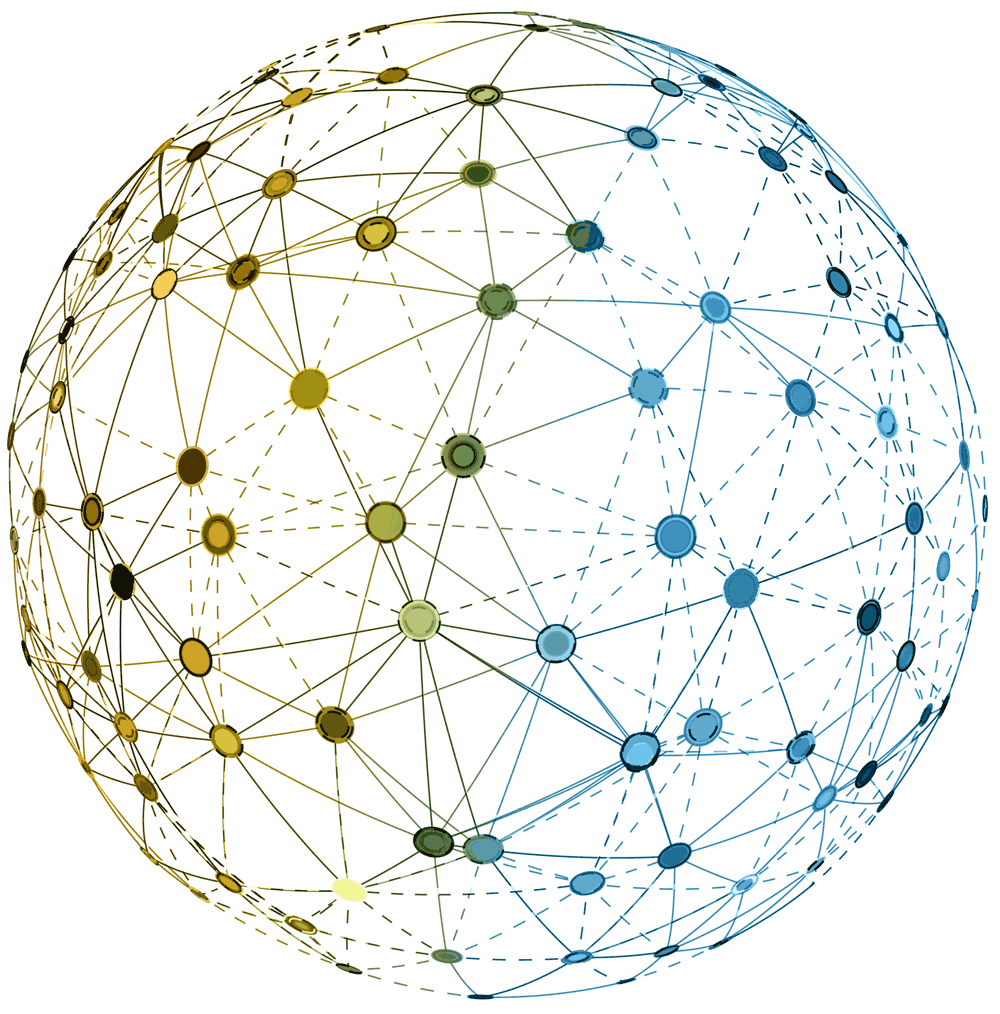
Imagine a world where people with Lyme disease are diagnosed and treated correctly and go back to living their lives.
YOU CAN BE PART OF MAKING THIS HAPPEN
Add your Lyme data to MyLymeData
to help find a cure for Lyme disease.
MyLymeData is a patient-powered research project. It was conceived by patients, is run by patients, and addresses the issues that patients care about. It lets Lyme disease patients learn from each other and provides data that can help drive research to improve their lives.
What it is.
MyLymeData is LymeDisease.org’s new survey tool that tracks patient progress over time. It allows patients to use today’s computer technology to quickly and privately pool diagnosis and treatment experiences. When large amounts of data are combined, we can see patterns that help us determine which treatments work best. Add your Lyme data to MyLymeData to help find a cure for Lyme disease.
It’s Patient-Powered.
MyLymeData is a patient-powered research project. It was conceived by patients, is run by patients, and addresses the issues that patients care about. It lets Lyme disease patients learn from each other and provides data that can help drive research to improve their lives.
It’s private.
MyLymeData lets you determine who you want to share information with and what it can be used for. Your data may only be used for research that is patient-centered. You can change your privacy settings at any time. This puts control over privacy right where it belongs—with you. Data is stored securely offsite using encryption.
Big data can change everything.
MyLymeData expects to gather more data about Lyme disease than any research study has done before. Consider this: The largest Lyme disease trial funded by the National Institute of Health enrolled only 64 patients in the treatment group. Our patient surveys draw over 9,000 responses! We’ll use the information provided by patients to help figure out how to prevent and treat all stages of Lyme disease. It’s that simple.
How it works.
Patients with Lyme disease tell us about their experience, symptoms, treatments, and results. Periodically, they update their information to let us know what has changed. This allows us to better understand the progression of the disease and what works—and doesn’t work—to help people get better. It lets patients learn from each other and provides data that can drive research to improve patients’ lives.
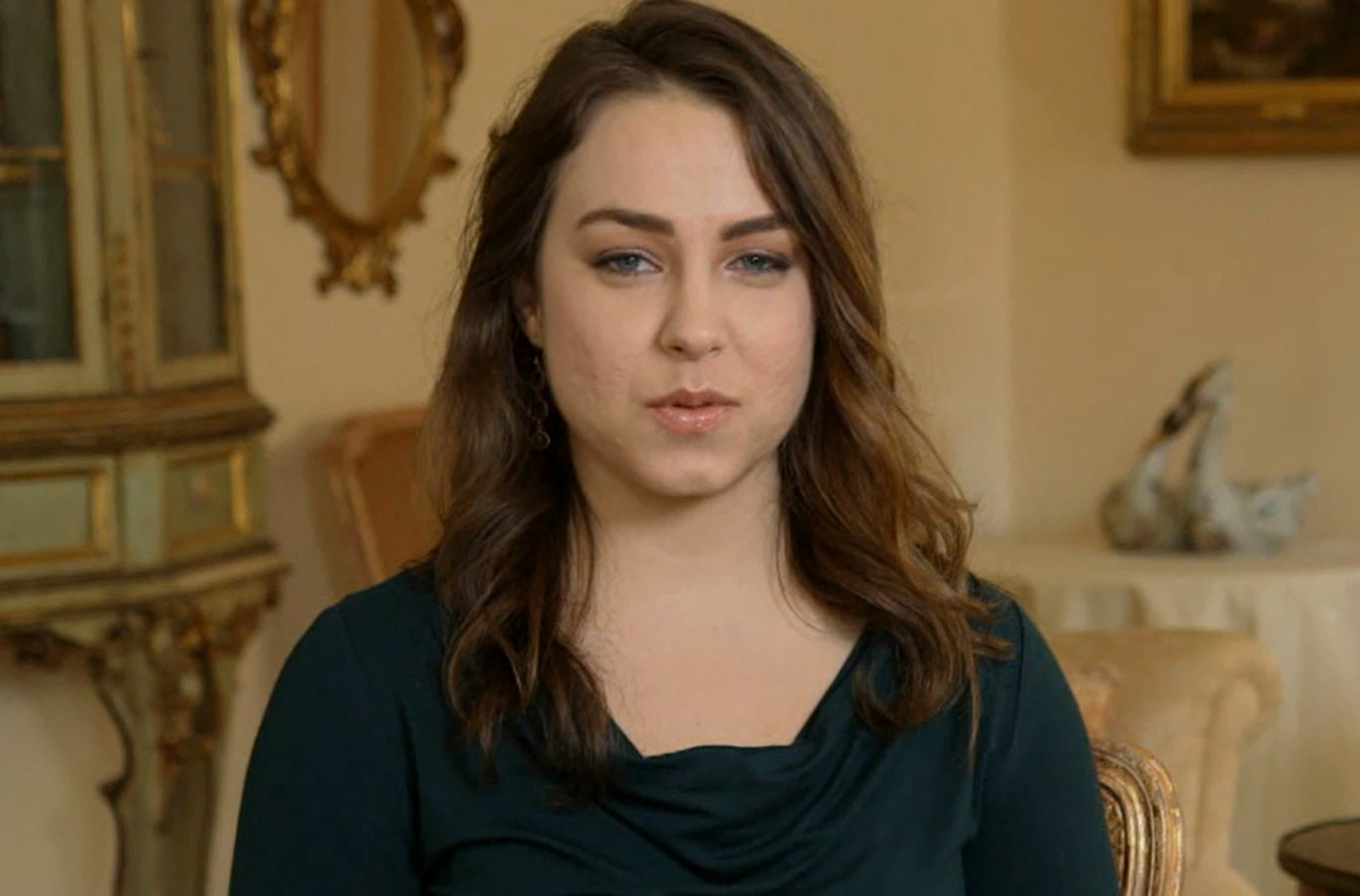
People are still suffering unnecessarily given the tools and research possible today. When I was at my sickest, I couldn’t do much to help. But I could have done this.”
Silver Feldman
Diagnosed at the age of 13
Silver Feldman
Diagnosed at the age of 13

